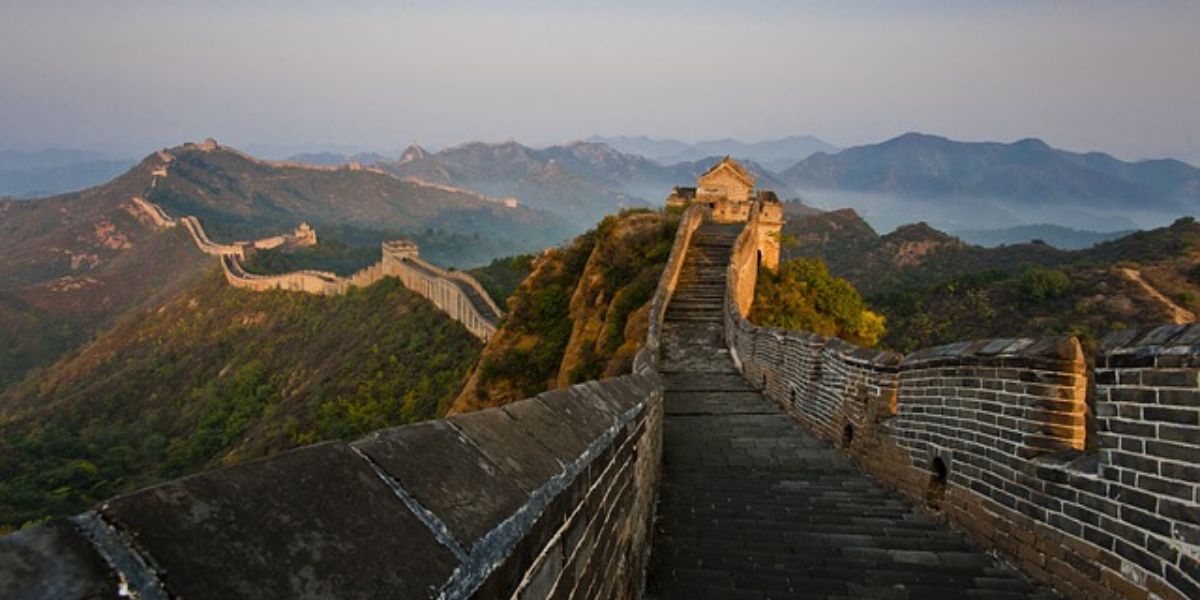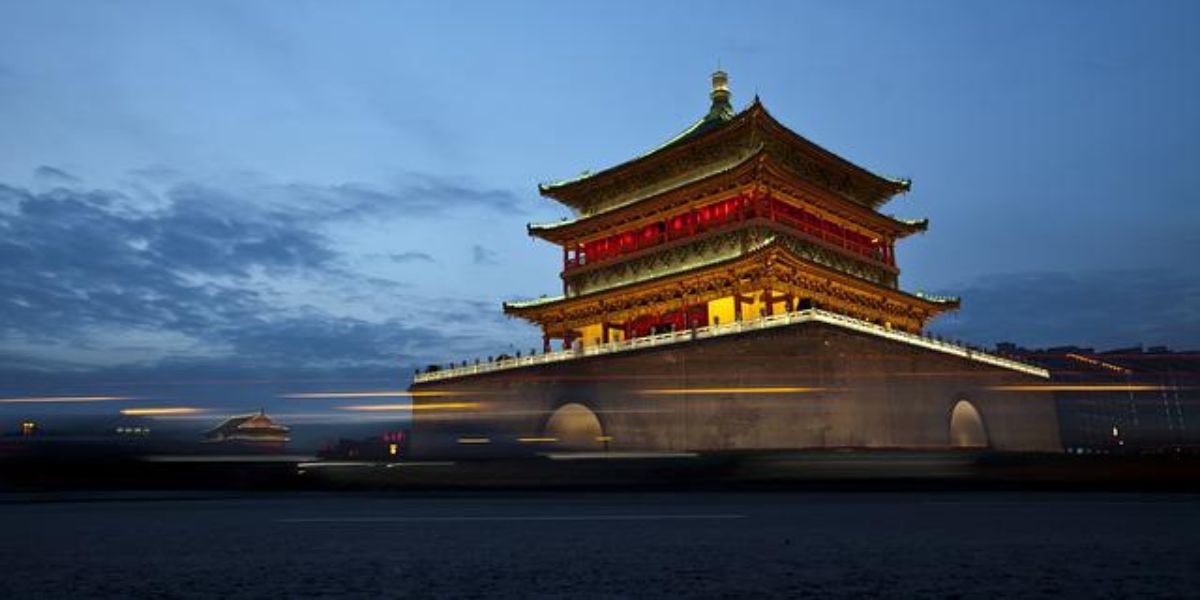First introduced in 1984, the Resource Tax originally applied to crude oil, natural gas, coal, and other mineral resources based on their quantity and weight. The Chinese Government first extended the Resource Tax nationwide in November 2011. By 2016 seven kinds of mineral resources were subject to Resource Tax: crude oil, natural gas, coal, other crude non-metal ores, crude ferrous metal ores, crude non-ferrous metal ores, and salt.
On 9 May 2016 the MOF, State Administration of Taxation (SAT) and Ministry of Water Resources issued three Circulars implementing reform of the Resource Tax from 1 July 2016. Under the reform China switched the basis of taxation of natural resources from a volume-based system to an ad-valorem system (based on value).
The Resource Tax reform provided some preferential policies to certain resources and mining projects. Minerals extracted from low grade ore, waste rock, slag, sewerage, waste gas, and other waste mineral products were to enjoy Resource Tax exemption or a reduced tax rate at the provincial-level government’s discretion. Resources obtained by backfill mining methods were to benefit from a 50 percent reduction on Resource Tax, and resources derived from exhaustion stage mines and low abundance oilfields would receive a 30 percent reduction on Resource Tax.
China’s 13th Five Year Plan identified several key issues in the mining sector that needed to be addressed, including over-capacity and over-supply; an inadequate growth model that led to pollution and reduced productivity; insufficient research and development which led to inefficiency and un-competitiveness; and poor safety conditions.
Draft law on Resource Tax
Under a draft law released for public comment in November 2017 the Resource Tax would be included in a statutory law rather than being based on State Council rules as before. Minerals and salts would be subject to Resource Tax and the SAT listed more than 20 important minerals that would be subject to the tax. Most taxable items would be subject to mineral tax on a price basis, with just a few items subject to either a price or a volume basis. The method of collection of Resource Tax would be chosen by provincial governments and subject to approval by the standing committee of the people’s congress at provincial level. Local governments would be authorized to set specific tax rates within certain ranges.
Chinese and foreign enterprises that were previously subject to mining royalties on cooperative exploration of crude oil and natural gas would be subject to the Resource Tax instead of mining royalties. The Resource Tax is to be the only national tax levied on the use of mineral resources following the abolition of the previous local charges on resource extraction and use.
The draft Resource Tax law generally maintains the current Resource Tax framework and the rates set after the reform to levy the tax on most resources based on prices instead of quantities. The stated aims of the MOF in the reform are to give better play to the role of taxation in supporting resource saving and environmental protection by speeding up work on a Resource Tax law and improving the legal system to make it more methodical, stable and authoritative.
Future developments
Conditions are not considered to be ripe for legislation on a water resource tax which is still at the pilot state and will not yet be replaced by statutory law. The pilot scheme was to be extended according to an announcement of November 2017. The ministry said nine provincial regions, including Beijing, Inner Mongolia, Henan and Sichuan, would begin the new tax pilot.
















